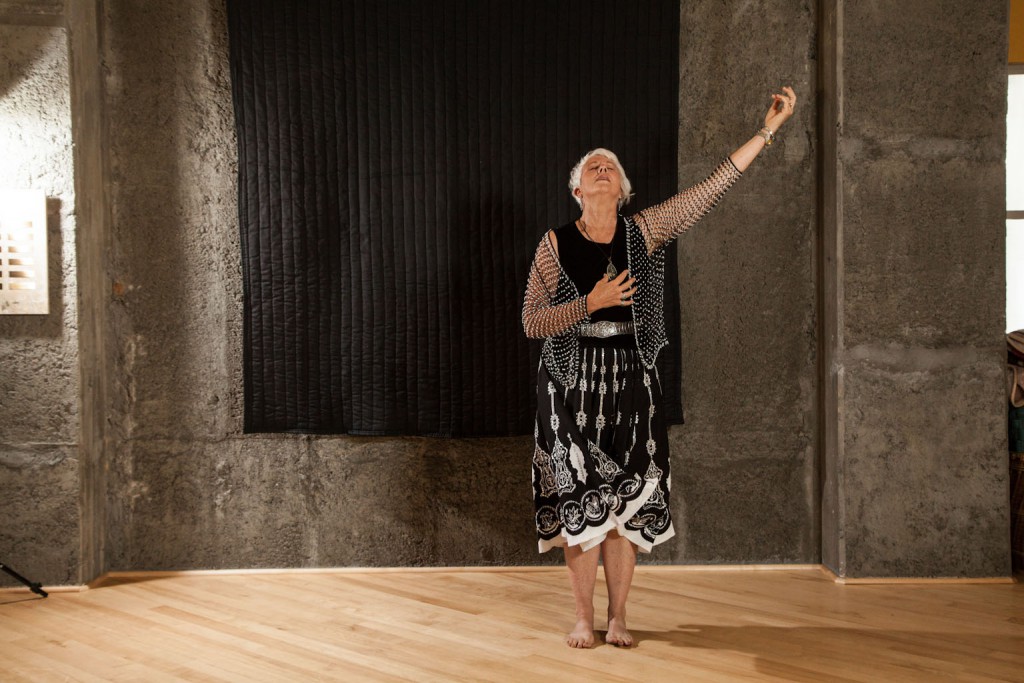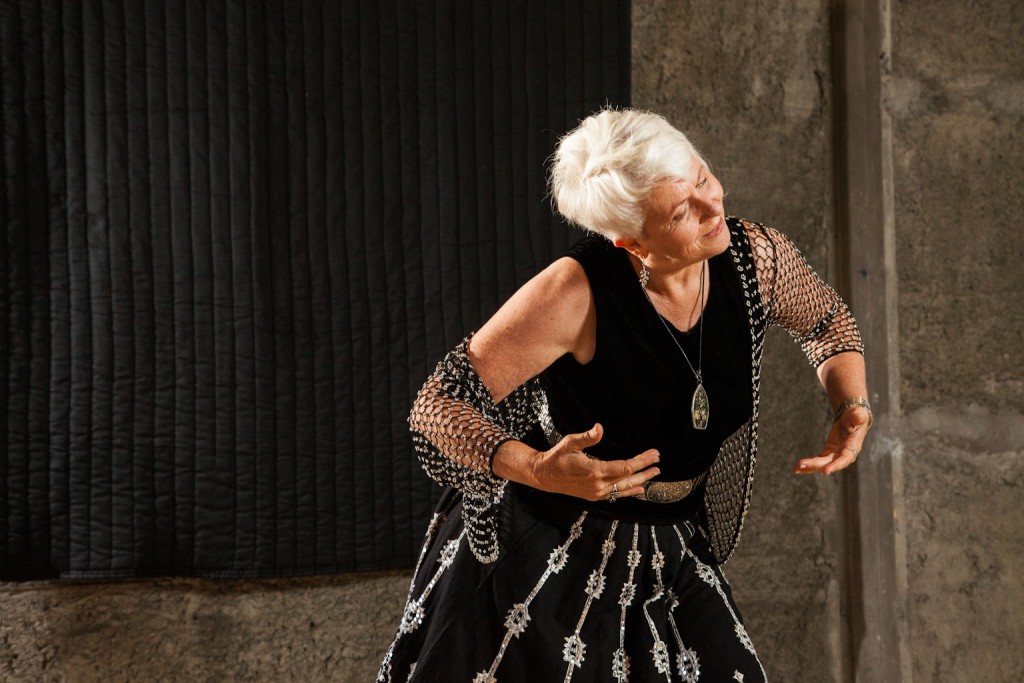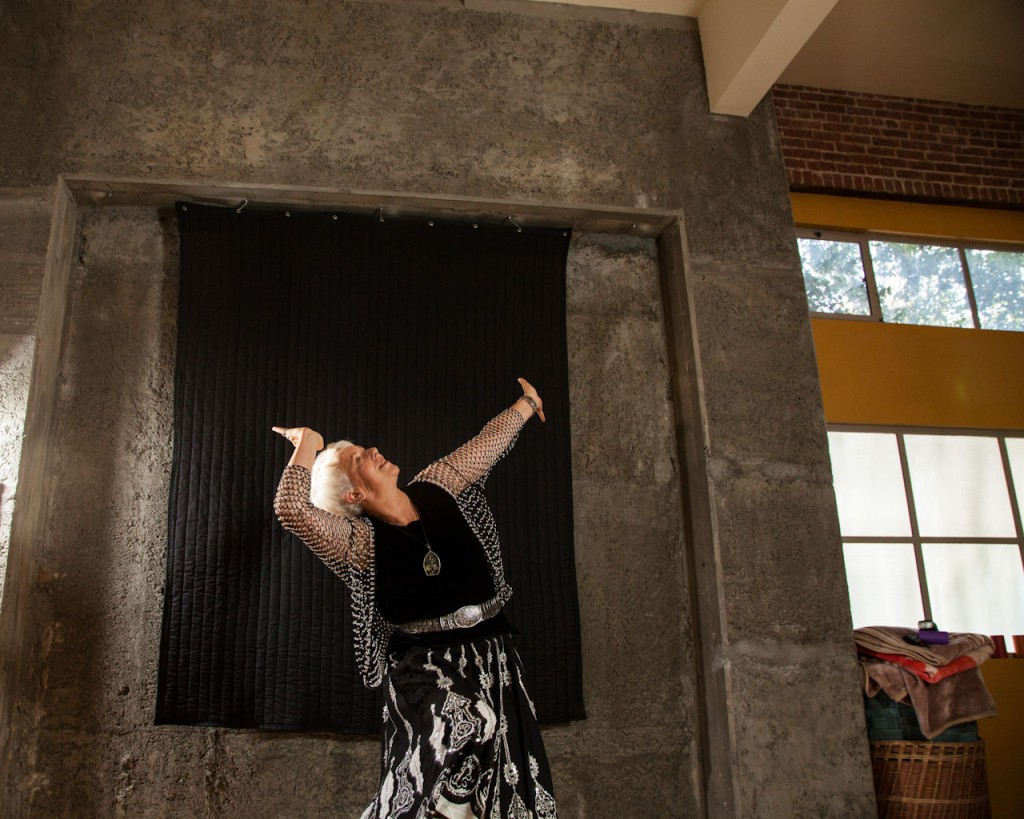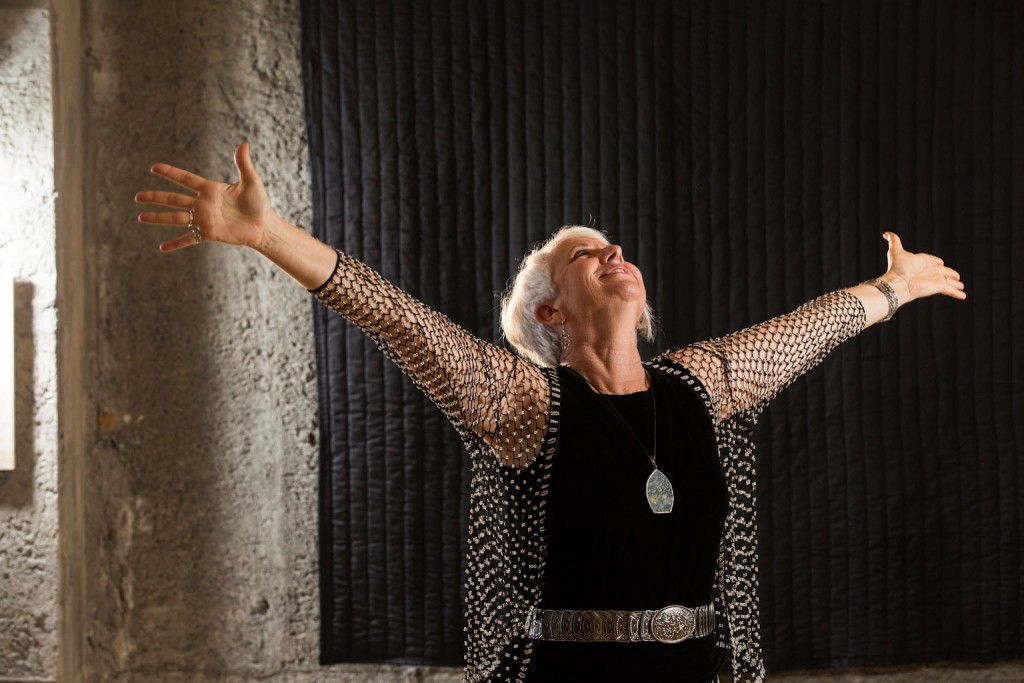Making an Offering: An Interview with Cynthia Winton-Henry
BY EMMALY WIEDERHOLT; PHOTOGRAPHS BY GREGORY BARTNING
Cynthia’s dance was like a perfect day spent outdoors when the world feels so right and simple, if only for a fleeting moment. This was Cynthia. There wasn’t complication or questioning, just a simple relishing of her body in movement.
This interview is from the book “Beauty is Experience: Dancing 50 and Beyond.” Click here to learn more about the book, or click here to order your own limited edition copy!
~~
When did you begin dancing and what have been some highlights along the journey?
Five years old. Ballet. Which I wasn’t very good at. My legs didn’t go very high. Nonetheless, I was just so inspired by dance. I was lucky to be in the public school system in Los Angeles at a time when they had dance as a regular part of the curriculum. I had a wonderful modern dance teacher all the way through junior high and high school. I also danced in church. I was part of a Methodist church where they produced youth musicals like Joseph and the Amazing Technicolor Dreamcoat and Godspell.
In high school, my modern dance teacher asked if I would be interested in meeting Michael Taxer, a former Martha Graham dancer turned Presbyterian minister. I had many mentors like these who saw something specific in me and called it forward. Churches are good for that. Even though Methodists have historically been against dancing, the particular people in my home church hired a Hollywood choreographer to come choreograph Joseph and the Amazing Technicolor Dreamcoat. And then I was put in charge as the assistant when I was 17. This all led me to do a bachelor’s degree in dance at UCLA.
I remember at the beginning of my dance path at UCLA, a big room full of people with shiny faces, and the instructors saying, “By the end there’ll only be a few of you.” I couldn’t believe it. How could anybody leave something as great as dance? But it was true; by the end I was one of maybe eight dancers from the original freshman group. That showed me¾it would be hard work, and it’s not a great economic path. But I kept getting inspired and re-inspired. For me, dance is a spiritual practice, a way of deep knowing and community building. I feel healthiest when I’m moving.
When I was at UCLA, there was an art exhibit called African Art in Motion. I went and was immediately struck by the multisensory nature of the exhibit. I came to understand African art as a moving reality. I began immediately exploring how to get to Africa. Through UCLA, I went to West Africa for one summer to visit and live in a village. This was in the 1970s. To be a part of and witness the village dances made me see that dance isn’t something you do; it’s who you are.
Another powerful experience happened when a teacher directed me to a book about Ruth St. Denis . While reading it, I sensed I should get on my knees, which I did, and then I felt this powerful energy come right down into my body through the top of my head and move me. This love sprang up in me. I realized what I was experiencing was the pull of the body and soul uniting dance with the spirit. This pull emanates from the deepest part of people and how they’re organized, whether in Africa or in a church. Or in Congress, for that matter.
At UCLA, a master’s student invited me to be in her piece. She created a structure for me to improvise within. Through this, I started realizing my art form was improvisation, but this was at a time when there was no ecstatic movement or dance jams. There was no language or consciousness around improvisation.
After some years creating choreography, exploring improvisation and touring in Body and Soul Dance Company, I wound up co-founding InterPlay with Phil Porter. InterPlay is an improvisational practice and performance form, and a fabulous way to teach people to find their dance. InterPlay evolved into a practice of not only dancing with movement but also with voice, stories and words, in contact and in all manner of forms. InterPlay practices lead people to notice and awaken to their body wisdom in the process.
What does your current dance practice look like?
InterPlay continues to be my improvisational practice. I teach a class every Friday and coach people in the InterPlay community. It’s a form of both meditation and research. I consider it a lifestyle.
InterPlay is a community-based program I consider to be both a performative art and a form of personal and social health. As an improvisational practice, it has more of a folk sense of accessibility. However, it can also be done with a very strong artistic intent and look as accomplished as any art. I love that. It’s like good folk art.
What does the idea of success mean to you?
My success is: Am I feeling healthy? Is my community healthy, porous to reality and ready to make things? Are we making things that feel truthful? And does it feel like an offering of some sort?
What do you perceive is your legacy?
My legacy with Phil Porter is a creative system of ideas and practices that are useful in personal and group health. My own purpose is to foster freedom. If any person knows and experiences more freedom at any time as a result of my life work, that would be a wonderful legacy.
Are there any set of circumstances which would cause you to stop dancing?
I have lots of friends in the InterPlay community who are dancing over 70, over 80 and a few over 90.
One of the forms of InterPlay is a one-hand dance, which I call “training for when I have a stroke.” So no, I think as long as some of me is here I will always claim that I am both the dancer and the danced.
What advice would you give to a younger generation of dancers?
Dance is different for different people and has different meanings, but my general advice would be to keep your soul connected to your dance. And look for people who support you. It’s so easy to lose the core wisdom of dance in an economically driven culture, but we need it now more than ever.
Any other thoughts?
I know myself to be quite sensitive and susceptible to depression. That could have become a much bigger problem if I didn’t have dance. Using the arts to listen to the wisdom of the body and to heal, both socially and physically, while keeping my health intact is really important.
~~
Cynthia Winton-Henry co-founded InterPlay with Phil Porter and currently co-directs Body Wisdom, Inc. She also coaches people through Mystic Tech, publishes current writing at CynthiaWinton-Henry.com and is a visual artist at Redux, a project of St Vincent de Paul. Her postgraduate work is in multicultural education at the Western Institute for Social Research in Berkeley, California, and in theology and the arts at the Graduate Theological Union. Her books include What the Body Wants, Chasing the Dance of Life and Dance: A Sacred Art.
This interview is from the book “Beauty is Experience: Dancing 50 and Beyond.” Click here to learn more about the book, or click here to order your own limited edition copy!





